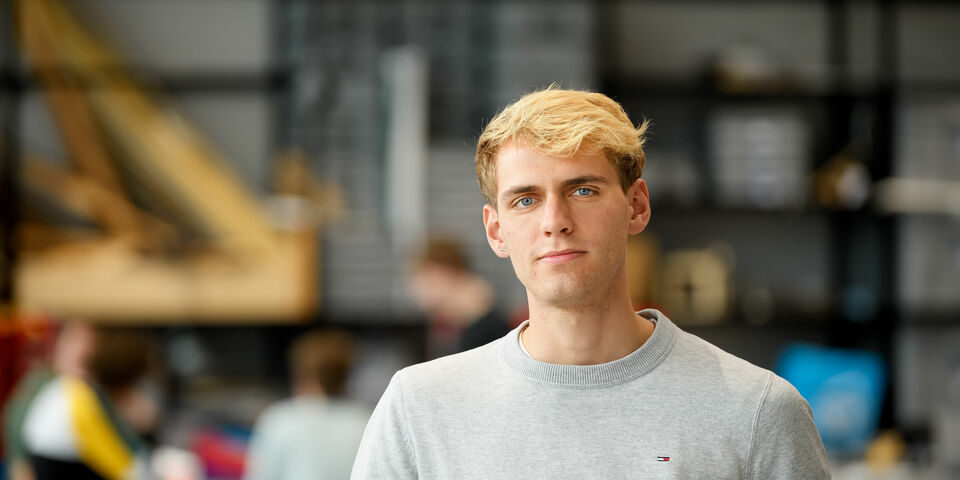Invisible cathedrals
Man is a maker, a builder, especially people at TU/e. Think of the builders of ancient burial mounds, the people who created these first structures, the huge boulders they had to transport for miles, little by little, day in, day out. At their chosen site, they used tree trunks and levers to lift the boulders high above the ground; they had no horses, pulleys or other ingenious tools. Making things was a task - for those who believe humanity has a task - completed over several generations.
Building a cathedral in the Middle Ages was equivalent to transporting boulders in prehistoric times. Despite technological advances, these new structures took even longer to build and the work involved even more people. But in return cathedrals bestowed considerably more prestige and provided a social function of much greater importance. With every technological advance, the cathedral builders were able to deliver even greater, even more complex and even more beautiful structures.
Back then, cathedrals were the physical manifestation of our technological ingenuity, they made it visible. We didn't stop there. Later, in Manhattan, we built skyscrapers, the cathedrals of capitalism. With generations of scientific endeavor invested in it, CERN’s particle accelerator is a cathedral dedicated to the search for truth. While not a holy site, the crypt at CERN, which houses the particle accelerator's detectors, has the reverberation and enchanted atmosphere found in churches, and when you step into it an overwhelming feeling takes hold of you.
Even today, in the 21st century, we are building new, ever more complex cathedrals, but with a difference: many of them are invisible. Think of invisible structures such as the internet, algorithms, AI and the many other things we are working on here at TU/e. They tower high above the structures built by the generations before us, in complexity and in the influence they have on our daily lives. We no longer believe in God, we believe in the Algorithm.
Take a good look around and you'll see the phantoms of these invisible structures. Abstractions like policy and the economy are similarly intangible, even though they shape our society in ways we don't even realize. Without any clear physical manifestation, it becomes increasingly difficult to point to the pillars, the arches and the images of our invisible cathedrals, while they continue to exercise their influence in ways that are not always positive. This makes it difficult to talk about them. The builders of the future, the engineers trained at our university, must step up and take responsibility for what they build and how these things influence the world.
In the Netherlands in the summer of 1566, Calvinists stormed the Catholic churches, destroying all the images and objects they took offense at, believing them to be idolatrous. The Calvinists were demonstrating against power and exuberance; the Catholic churches and cathedrals were out of step with the people's wishes. But should it ever become necessary, how would you storm today's invisible cathedrals?
Inspired by passages from the Dutch novel Beyond Sleep by W.F. Hermans.


Discussion